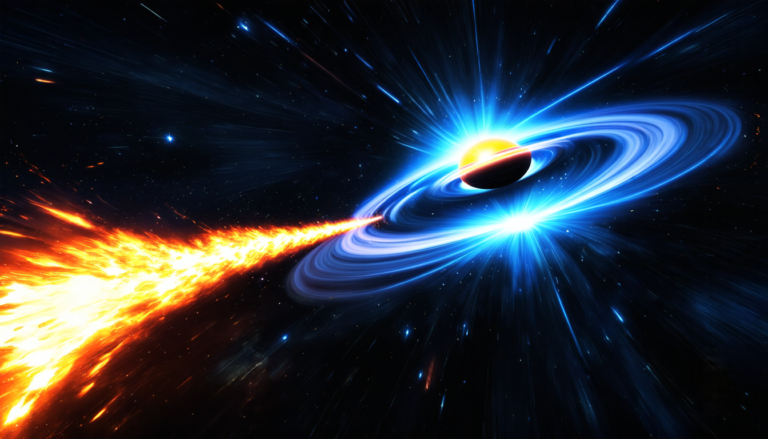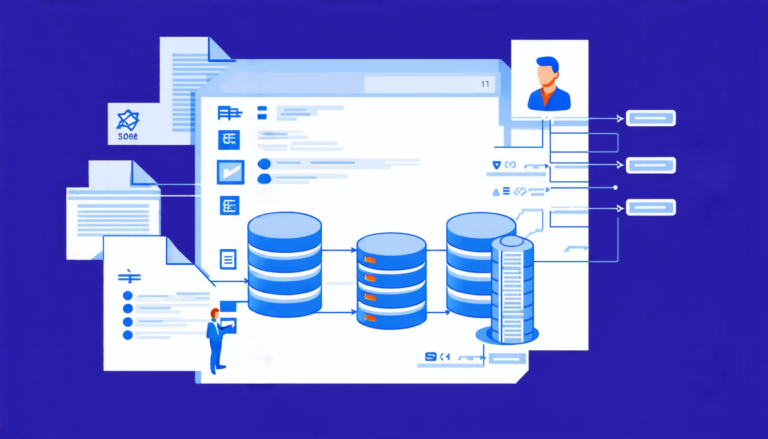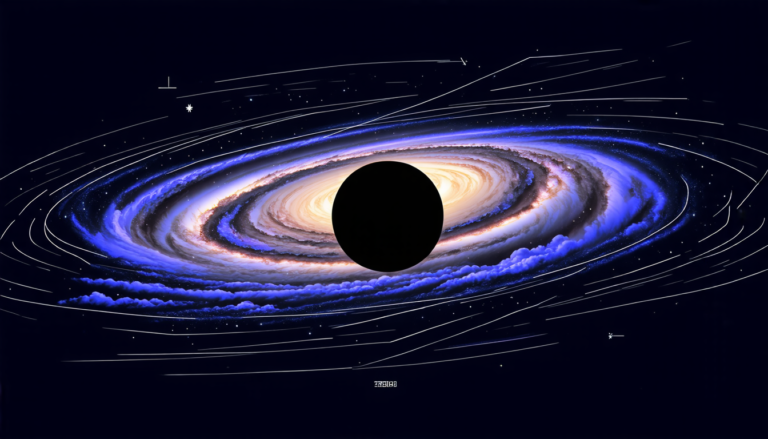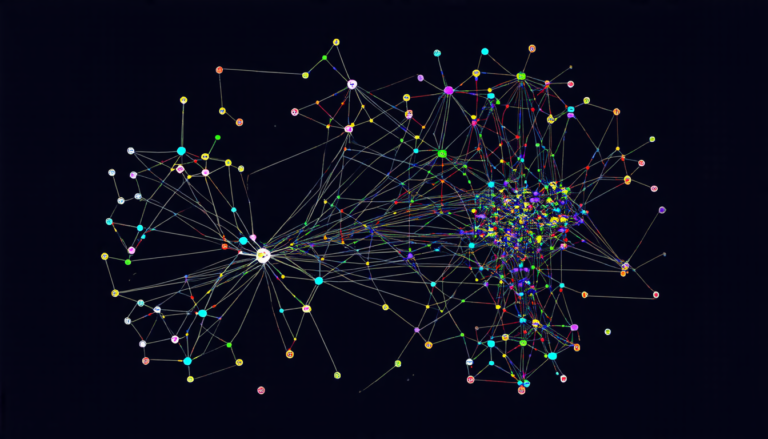Sunday 18 May 2025
The quest for a unified language in astronomy has been ongoing for decades, and now, researchers have made significant progress towards achieving just that. They’ve developed a new system that allows astronomers to describe and share data seamlessly across different platforms, making it easier than ever before to explore the mysteries of the universe.
Astronomy is a complex field, with numerous types of data being collected from various sources – from observations of celestial bodies to simulations of cosmic events. However, this diversity has led to fragmentation, where each dataset has its own unique format and language. This makes it challenging for scientists to access, combine, and analyze the data effectively.
The solution lies in a semantic artefact catalogue, which is essentially a library of standardized terms and definitions that describe different types of astronomical data. By using this catalogue, astronomers can identify and link relevant datasets, regardless of their origin or format.
This new system is built upon existing technologies such as the Semantic Web and the Virtual Observatory. The former provides a framework for describing data in a machine-readable format, while the latter is an infrastructure that enables astronomers to access and combine large amounts of data from various sources.
The benefits of this unified language are numerous. For one, it will enable researchers to conduct more comprehensive studies by combining datasets from different sources. This could lead to new discoveries and a deeper understanding of celestial phenomena. Additionally, it will simplify the process of sharing data between scientists, reducing errors and increasing collaboration.
Furthermore, this system has far-reaching implications for the field of astronomy as a whole. It will facilitate the development of more sophisticated analysis tools and simulations, allowing researchers to explore complex questions about the universe with greater precision. Moreover, it will pave the way for citizen science initiatives, where the public can participate in data collection and analysis.
The development of this semantic artefact catalogue is a significant step towards creating a unified language in astronomy. It has the potential to revolutionize the way scientists approach data analysis and collaboration, ultimately leading to new insights into the workings of the universe.
By standardizing the terminology used to describe astronomical data, researchers can now focus on what really matters – exploring the mysteries of space and uncovering its secrets. The possibilities are endless, and it’s an exciting time for astronomy as we embark on this new journey of discovery.
Cite this article: “A Unified Language for Astronomy”, The Science Archive, 2025.
Astronomy, Language, Data, Analysis, Collaboration, Semantic Artefact Catalogue, Virtual Observatory, Semantic Web, Citizen Science, Universe







